March 2024
ESA Space Weather Service Network (swe.ssa.esa.int) has been updated on 14th March 2024 by releasing ESA SWE Portal 3.9.0 with the contribution of the ELTE SRG.
The Eötvös University (ELTE) provides: Six new demonstration products characterising the cold plasma background in the magnetosphere and the location and the shape of the plasmapause. Namely: Equatorial electron density and Plasmapause maps derived from a 3D Neural Network-based empirical model. Plasmasphere Index characterising the status and trend of the plasmasphere dynamics. Lower and Upper limits for the position of the Plasmapause derived from real-time observations. Midnight plasmapause proxy derived from the magnetic and plasma observation of the low- Earth orbiting Swarm satellites. Real-time plasma (electron number and plasma mass) densities are obtained from ground- based observations.
March 2024
The paper of Balázs Heilig has been one of the top downloadad papers in the Journal of Geophysical Research - Space Physics in the past year, according to the publisher.
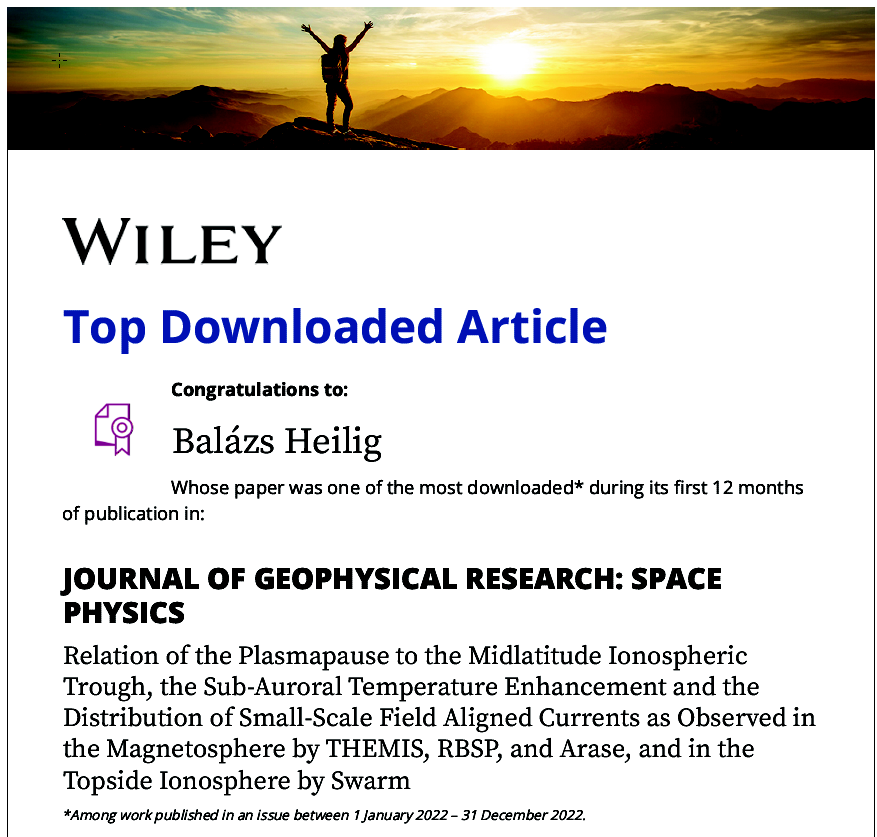
April 2020
The paper of David Koronczay and Janos Lichtenberger has been one of the top downloadad papers in the Journal of Geophysical Research - Space Physics in the past year, according to the publisher.
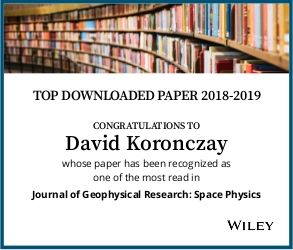
June 2019
New scientific paper published (The source regions of whistlers), reflecting the work of David Koronczay and Janos Lichtenberger. Whistlers are electromagnetic pulses generated by lightning strokes, traveling along the geomagnetic field lines and returning to the ground on the opposite hemisphere. Although the theory of propagation has been known for long, and supported by lines of indirect evidence, a part of the puzzle was still missing before this paper. Earlier studies aimed at determining the geographic distribution of lightning strokes that originated whistlers detected at a a given location gave contradicting results. Our new result, based on a new analysis method and a significantly larger dataset (including eighty million whistlers and two billion localized lightning strokes), demonstrates that generating lightning strokes are located around the geomagnetic conjugate points of the respective stations, in agreement with expectations from theory.
May 2019
New paper by L. Juhasz, Y. Omura, J. Lichtenberger and R. Friedl, titled "Evaluation of Plasma Properties From Chorus Waves Observed at the Generation Region", published in JGR Space Physics.
24-26 April, 2019
The bi-annual meeting of Hungarian space researchers (Hungarian Space Forum), was held this year in Sopron, Hungary, organized by the Geodetic and Geophysical Institute of the Hungarian Academy, and the Hungarian Astronautical Society. Our group was represented by five members, with talks and posters.
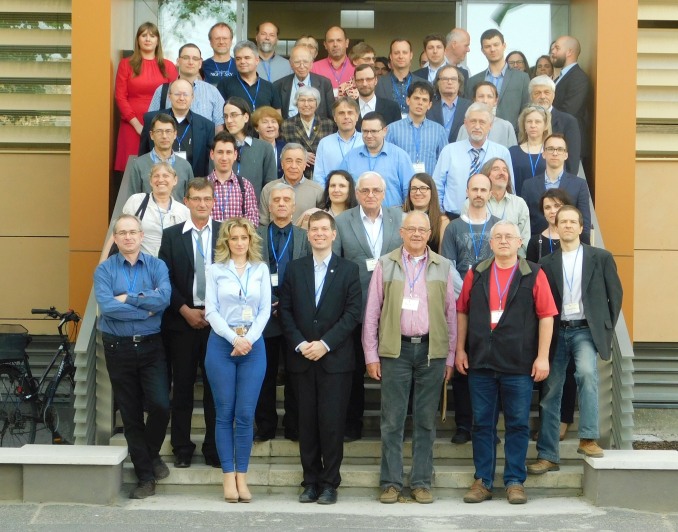
28 November, 2018
Hungary and Space
Hungary and space - panel discussion organized by the Kozmosz Kör at BME (Technical University of Budapest)
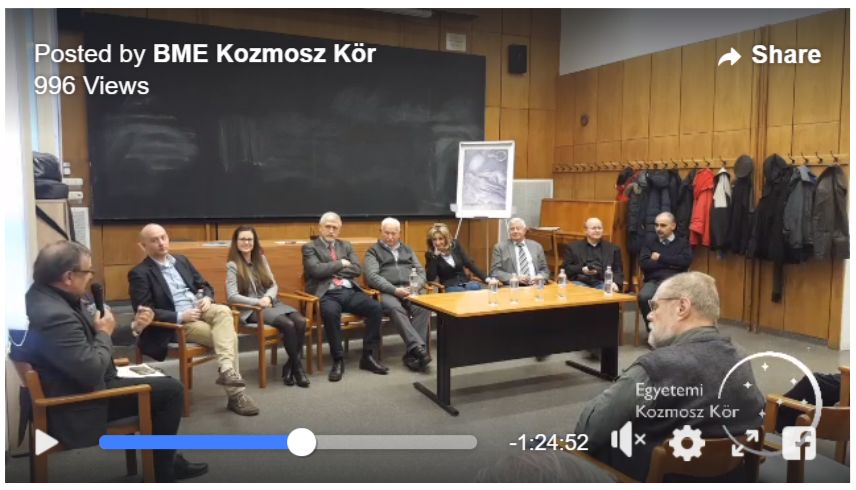
on the discussion open to the public
November 2018
New scientific paper ( VLF Transmitters as Tools for Monitoring the Plasmasphere) by researchers of the ELTE Space Research Group. Our results contributes to the validation and calibration of the algorithms in the AWDANet global whistler inversion network. At the same time, the paper presents a new method for satellite-based plasma density measurement.
9 October, 2018
Space Research Day at the Hungarian Academy of Sciences, organized by MANT.
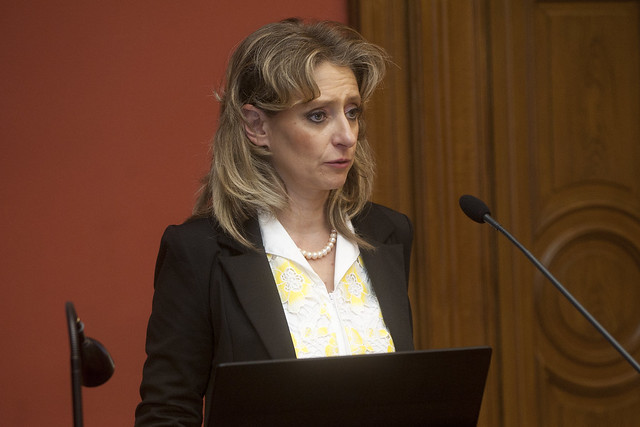
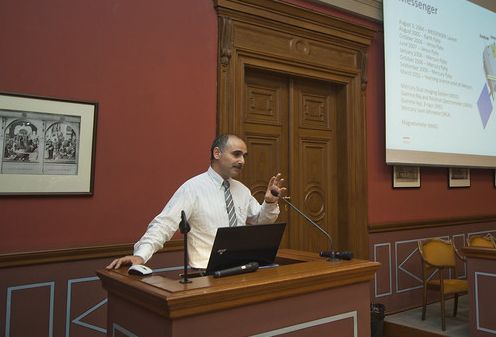
March 2018
Researchers from ELTE SRG took part at the VIII. VLF/ELF Remote Sensing of the Ionosphere and Magnetosphere thematic conference in Apatity, Russia.
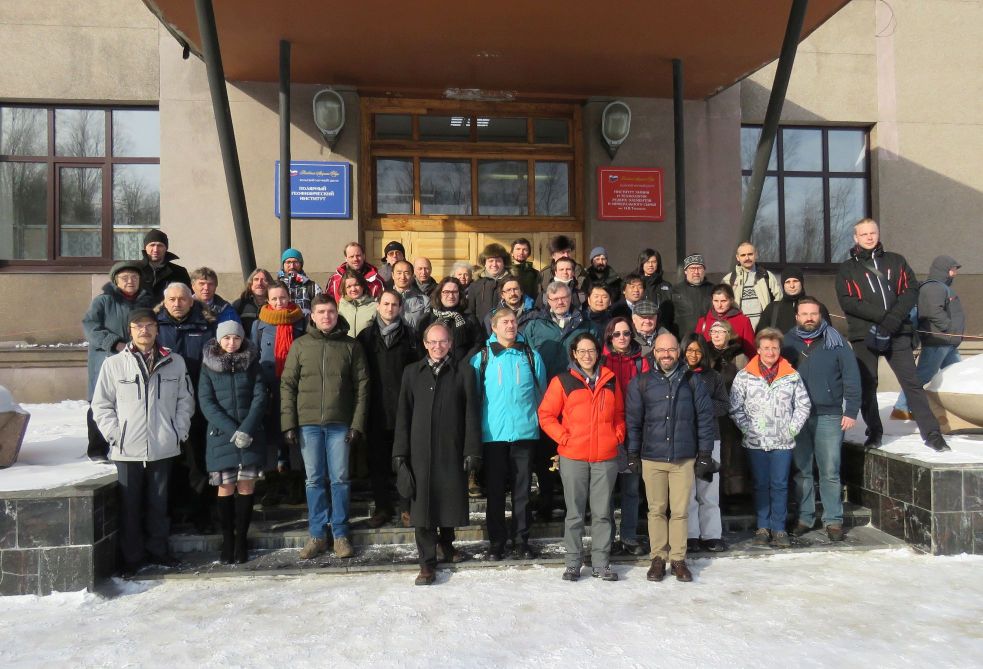
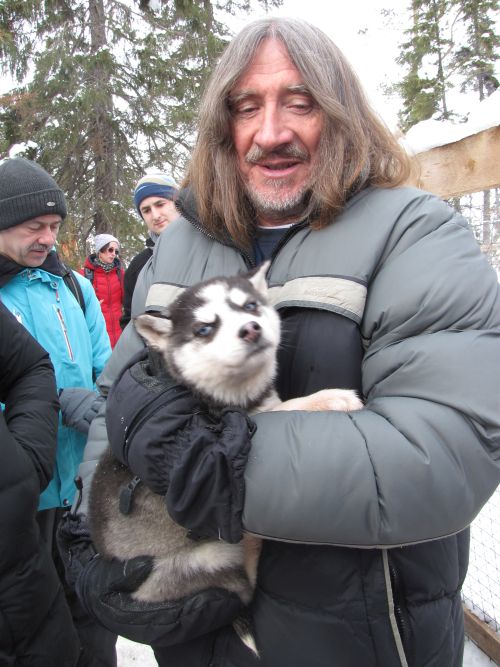
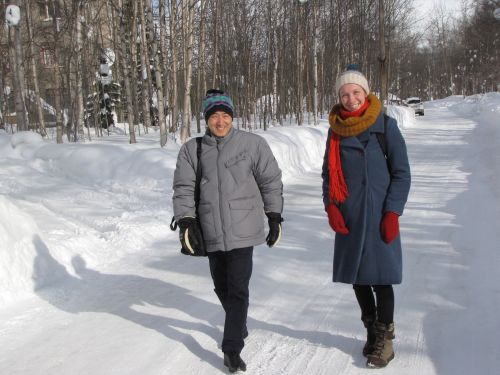
March 2017
Research by a member of our group, Peter Bognar, has been recently published in a paper titled Yield estimation and forecasting for winter wheat in Hungary using time series of MODIS data . The paper presents estimation technique for future wheat yield based on remote sensing data by the MODIS satellite. MODIS data were received at the receiver station of the ELTE Space Research Group at the Lagymanyos campus. For some of our earlier publications on the subject, see: Crop yield estimation by satellite remote sensing; Yield forecasting for wheat and corn in Hungary by satellite remote sensing.
November 2016
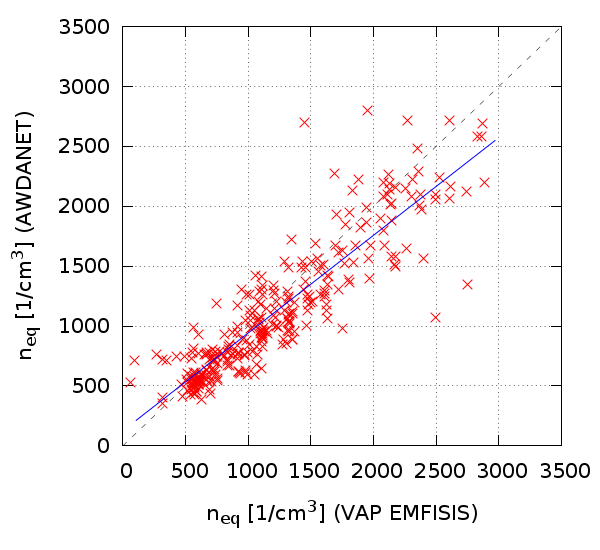 |
Our research project carried out in the framework of an ESA PECS grant has finished. The work included using in-situ satellite data to calibrate the whistler inversion based plasma density values in the AWDANet network. |
November 2016
We carried out phenological and meteorological studies for the Carpathian basin based on the NDVI3g database (Tucker et al. 2014). We created an improved version, adjusted to MODIS data, and made it publicly available (http://nimbus.elte.hu/NDVI_CE/).
For more details, see: Kern et al., 2016
19-24 September, 2016
Members of the ELTE Space Research Group took part in the VII. VLF/ELF Remote Sensing of the Ionosphere and Magnetosphere (VERSIM) thematic conference in Hermanus, South Africa.
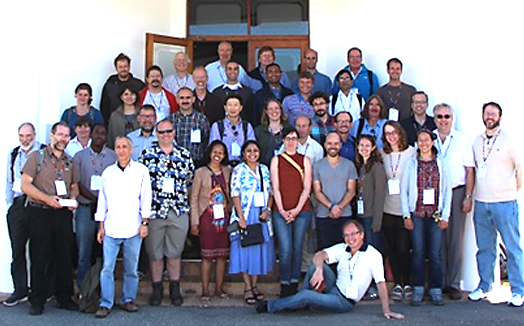
July 2016
Our PhD student Lilla Juhasz PhD student spent 2 months at the bi-annual Los Alamos Space Weather Summer School, under the supervision of Reinder Friedl, studying the time depentent sensitivity of the HOPE instrument onboard the Van Allen Probes satellite.
The results of the work are summarized in a report.
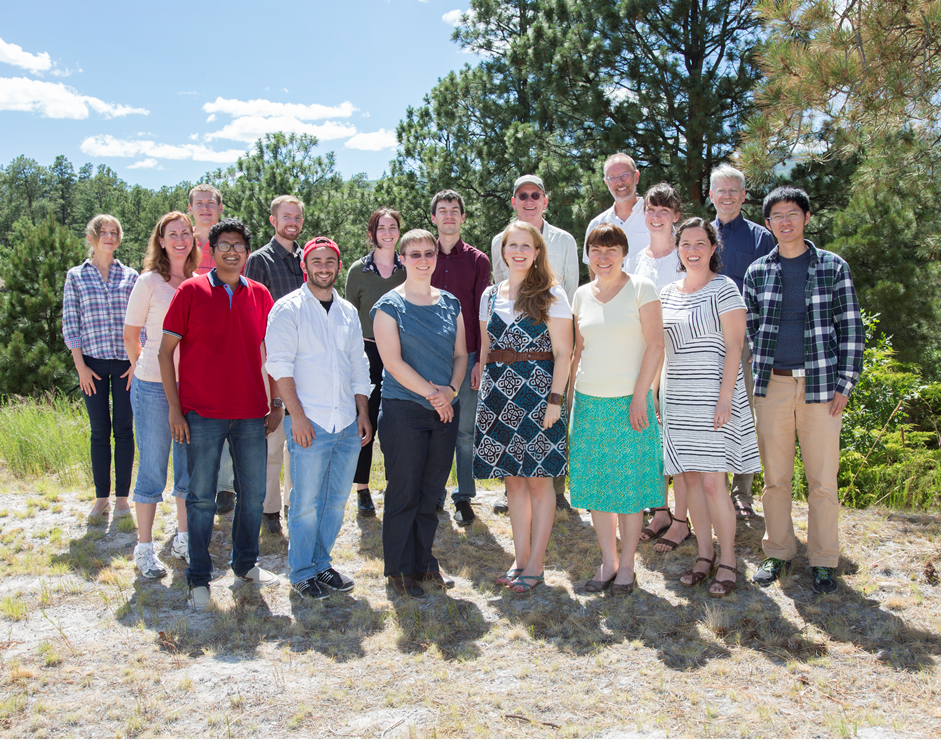
March 2016
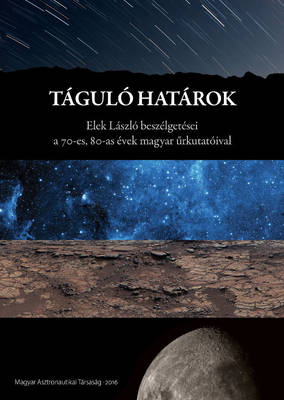 |
Expanding borders (Tudomány születik, available in Hungarian) a follow-up title to A Science is Borne, has been published, continuing interviews with space researchers active in Hungary in the 1970's and 1980's. The book includes interview with Janos Lichtenberger, head of the ELTE Space Research Group, and recounts the work of the late Gyorgy Tarcsai and Laszlo Bognar. The book launch was organized by the Hungarian Astronautical Society. |
January 2016
In the framework of an ESA PECS grant, our colleague Janos Lichtenberger installed a new station at the Belgian Antarctic Princess Elisabeth base, extending the AWDANet global network for plasmasphere monitoring. Continuous recording and whistler detection has started at the station. Photo gallery by our colleague Fabien Darrouzet: aeronomie.be
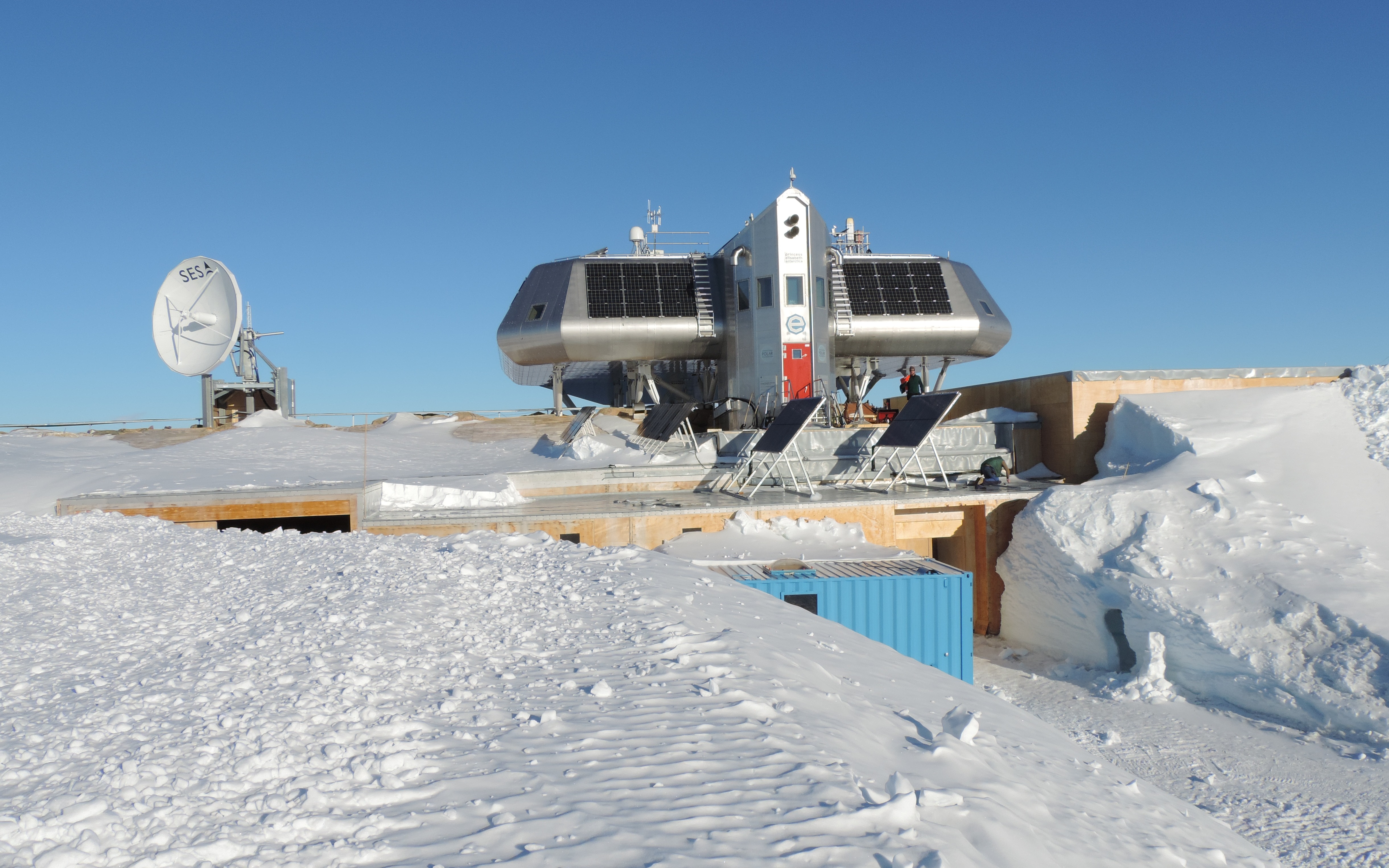
January 2015
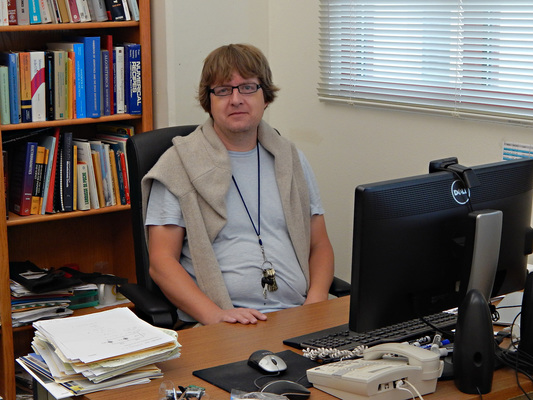 |
Anders Jorgensen, researcher at New Mexico Tech,
spent part of his sabbatical at our group. His research area includes the data assimilative modeling of
the plasmasphere. Our collaboration in this field started with the PLASMON
project.
See also: Lichtenberger et al.: The plasmasphere during a space weather event: first results from the PLASMON project. J. Space Weather Space Clim. 3 (2013) A23 Koronczay et al.: Data assimilation with plasmaspheric density measurements from VLF whistlers: preliminary results. 12th International School/Symposium for Space Simulations. 2015, Prague, Czech Republic. doi: 10.13140/RG.2.2.11113.34408 Jorgensen el al.: Comparing the Dynamic Global Core Plasma Model with ground‐based plasma mass density observations. Journal of Geophysical Research: Space Physics 122.8 (2017): 7997-8013. |
7-13 July 2014
Final meeting of the PLASMON collaboration, held at the House of Professors, ELTE and at Salgó Hotel in Somoskőújfalu. The end of the project coincided with the official start of the real time operation of the AWDANet network.
June 2014
Interesting research published in Geophysical Research Letters (doi:10.1002/2014GL060332, 2014). Caire Antel South African student and our colleague from New Zealand, Craig Rodgers, showed that some of the whistlers recorded by the AWDANet network (operated by the ELTE Space Research Group), at its station in Dunedin, New Zealand, are generated by volcanic lightning.
April 2014
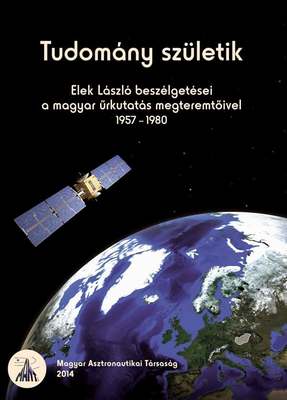 |
New book is published under the title A science is borne (Tudomány születik, available in Hungarian) about space research in Hungary between 1957 and 1980. The author interviewed researchers active in the period, including dr. Csaba Ferencz, member of ELTE Space Research Group. |
April 2014
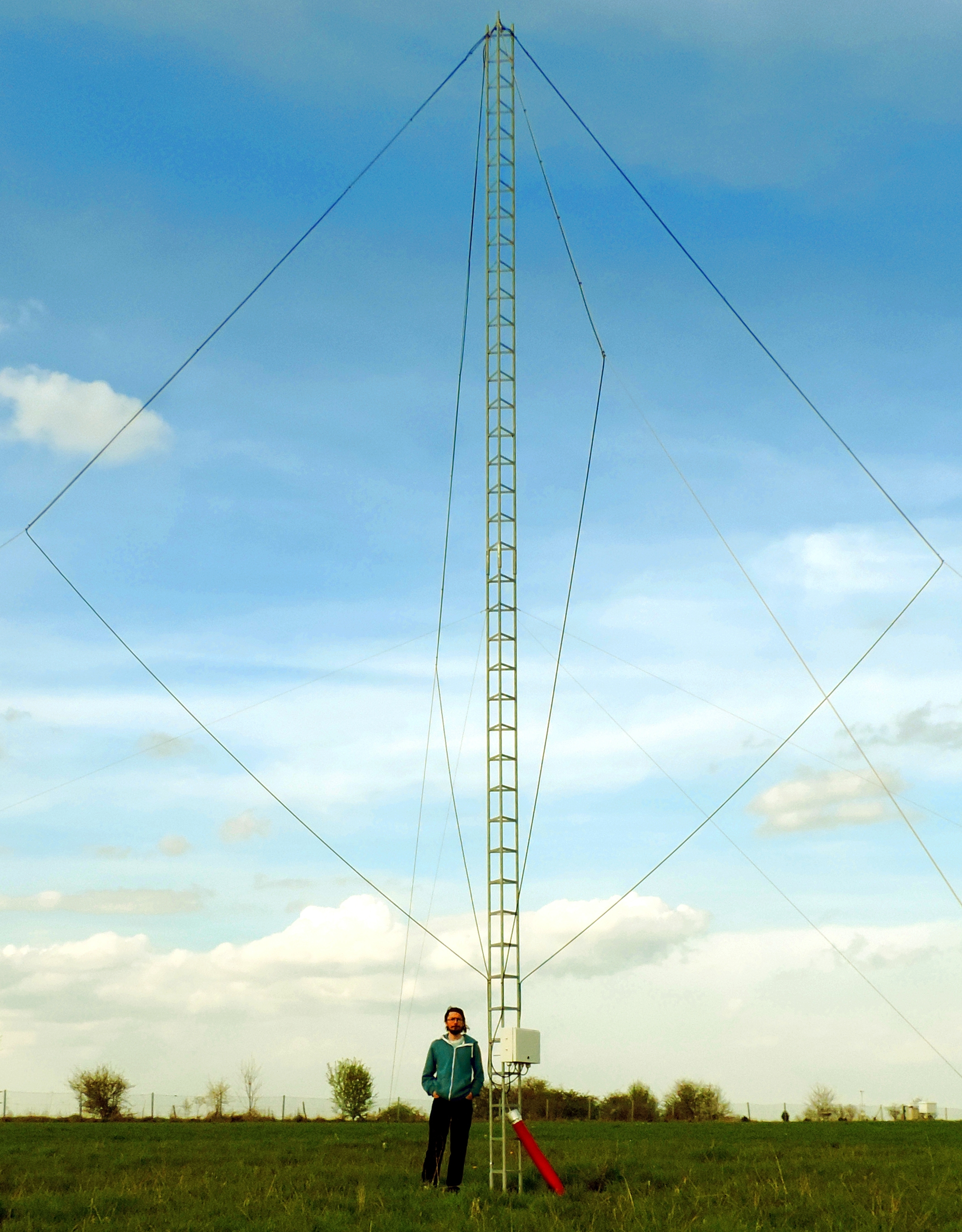 |
Janos Lichtenberger and David Koronczay finished the repair of the AWDANet station in Humain, Belgium. This receiver station showed some anomalies, some of which originated from other electronic equipment adjacent to our receiver. It is assumed that nearby industrial activity, such as mining, can be the source of further disruptions, however, these could not be identified during several attempts. Nevertheless, the updated station is now a functional part of the network, extending it in Europe. |
January 2014
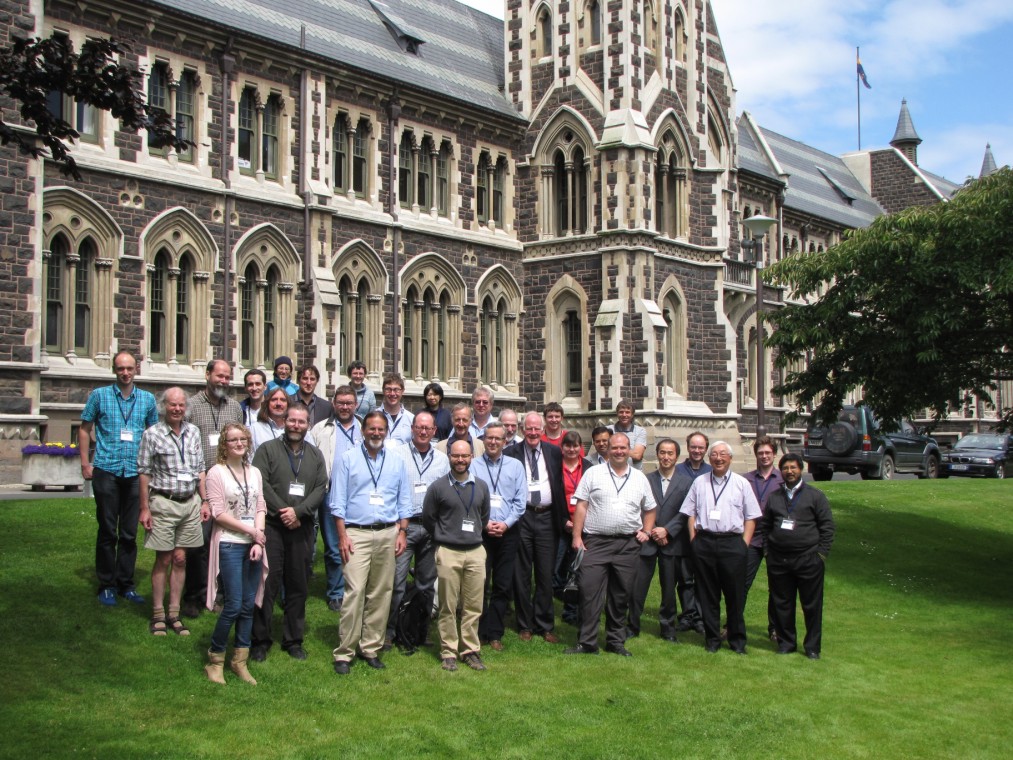
| The head of our group, Janos Lichtenberger participated at the 6. VERSIM (VLF/ELF Remote Sensing of Ionospheres and Magnetospheres) conference in Otago, New Zealand. Members of the ELTE Space Research Group regularly participate at the bi-annual VERSIM workshop. |